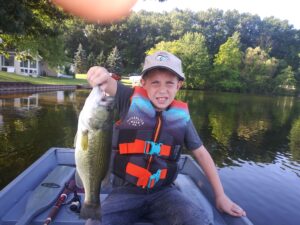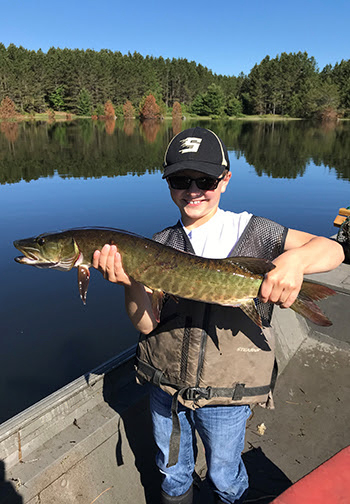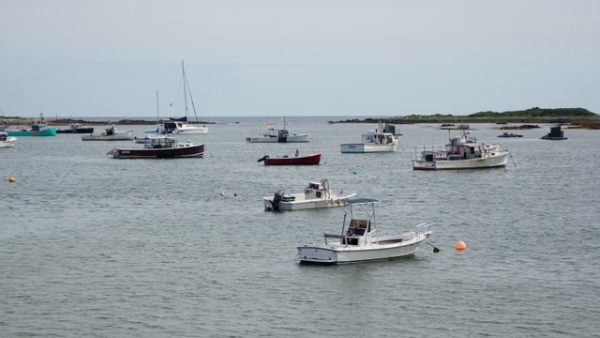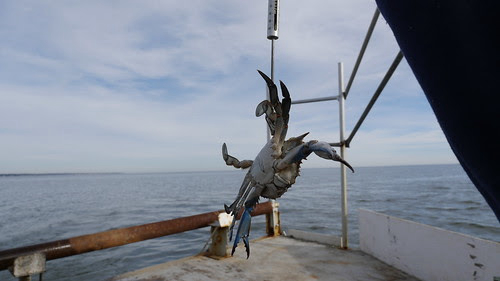By Glen Wunderlich
Charter Member Professional Outdoor Media Association (POMA)
When my great grandson had latched onto something below the lake’s surface, the ensuing tussle was captured on his face.

Landon’s First Bass
I knew it was no bluegill and quickly grabbed the landing net, as the struggle continued. It became the first largemouth bass with which he had ever become acquainted and made for a memorable hero-shot photo. It was not only legal, but qualified as a fish any seasoned ol’ salt could be proud to land. The moment was a thrill for both of us.
Even though the season for possessing these fish begins May 27th and runs through December 31st , catch and immediate release is open just about everywhere with a few exceptions. Since it’s the spirited battle most people are after, keeping them is typically unwanted, because in all honesty, there are better tasting and healthier fish to consume.
Largemouth bass spawn in late spring or early summer and are normally found in shallow water with lots of weeds, lily pads, grass, trees, and docks. But, this seasoned angler used to avoid these hazards, because expensive lures would become snagged and sometimes lost. Now, we hunt them in the thickest cover with modern-day weedless frogs.
My first frog lure was a gift, but unlike so many lures that were designed to catch anglers, this tempting imitation provided a means to get the bait – and thus lunkers – anywhere a talented cast could be presented. However, for me there was much to learn about this method of “frogging” – not to be confused with forms of hunting for frogs and their tasty legs.
Forget about ultra-light rigs with light monofilament line. What’s needed is a heavy action rod and reel spooled with braided line from 50 to 85-pound test! In fact, this method calls for a dedicated rig for several reasons: increased hooking rate and no more avoidance of anything that’ll snag typical freshwater rigs.
Fortunately, bass are not line sensitive, so the line doesn’t need to disappear to be effective, as in the delicate nature of trout fishing. The new brand of braided line is widely available, although more costly than cheap monofilament.
However, in conjunction with a fast-retrieve ratio on one’s reel, it allows the wise angler to “horse” fish along the top of the water at blinding speed, thus never offering these monsters a fighting chance to escape via slack line.
For some reason unknown to me, I was getting plenty of ferocious strikes, but never – and, I mean never – actually hooking a single fish! A search on YouTube revealed that others had had the same issue with weedless frogs, but an answer to the dilemma was revealed: modify the double-hooks.
Sure enough, I found the tips of the hooks were actually touching the body of the lure, thus causing the 100-percent fail rate. With pliers or Vice-grips, the hook can be bent to create a space of approximately 1/8 of an inch from the lure’s exterior. It can cause the lure to become somewhat more susceptible to snags, but with the combination of braided line, can improve substantially one’s chance for that memorable photo.
There’s nothing cute about the newfangled approach to hauling in the big ones but losing fish after fish is nothing but frustrating. Accordingly, this ol’ dog has nothing against learning new tricks.








